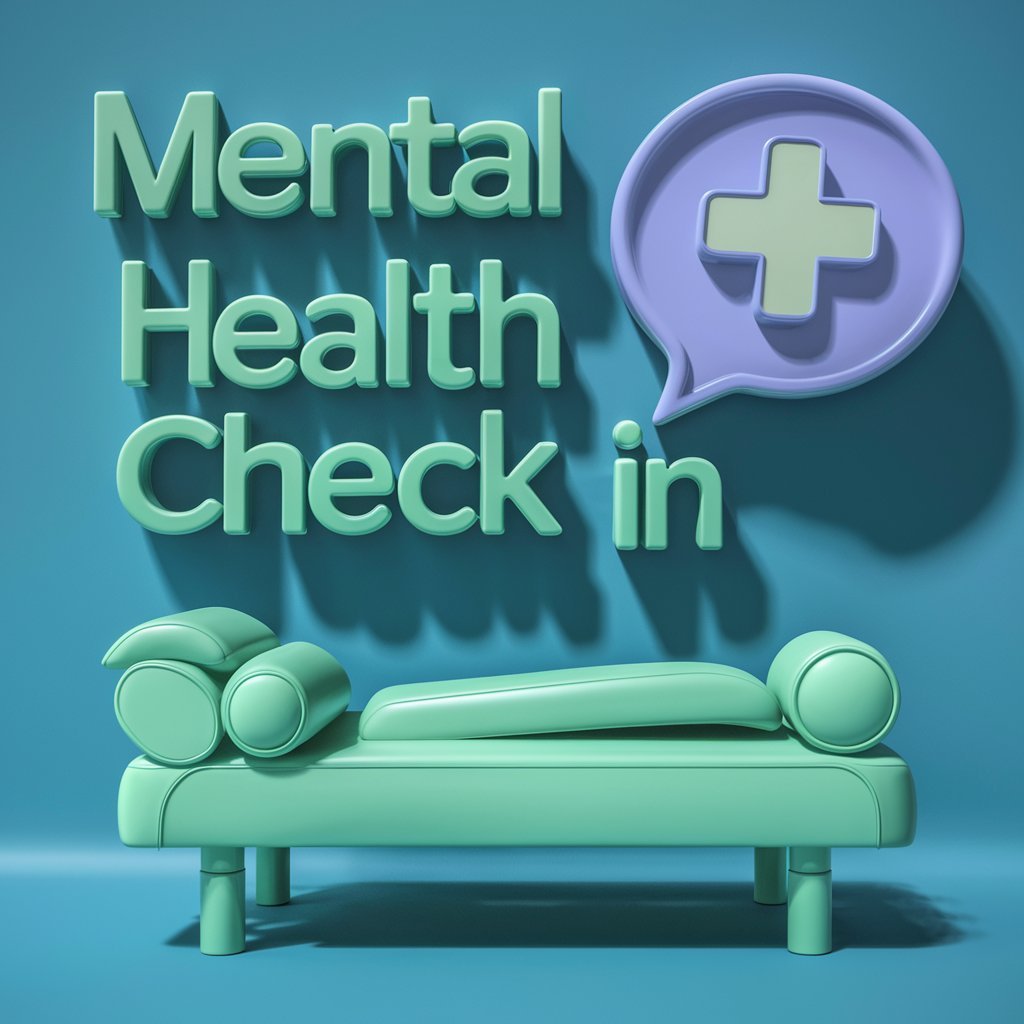In recent years, there has been a noticeable increase in the rates of emotional distress among individuals of all ages. This troubling trend has experts questioning what factors are contributing to this rise and what can be done to address it.
Factors Contributing to the Increase
There are several potential factors that may be contributing to the rising rates of emotional distress. One key factor is the increasing pressure and stress of modern life. With the rise of social media, constant connectivity, and the 24/7 news cycle, individuals are constantly bombarded with information and expectations, leading to feelings of overwhelm and anxiety.
Additionally, economic uncertainty, political unrest, and environmental concerns are creating a sense of instability and fear in many people. These external factors can contribute to feelings of helplessness and despair, leading to emotional distress.
The Role of Technology
Technology also plays a significant role in the increase of emotional distress. While technology has provided many benefits and conveniences, it has also led to a constant state of comparison and competition. Social media platforms display curated versions of people’s lives, leading to feelings of inadequacy and low self-esteem.
The constant presence of screens and devices can also disrupt sleep patterns and impact mental health. Excessive screen time has been linked to increased feelings of loneliness, depression, and anxiety.
Stigma and Lack of Support
Despite the growing awareness of mental health issues, there is still a stigma surrounding seeking help for emotional distress. Many individuals may feel ashamed or embarrassed to admit they are struggling, leading them to suffer in silence.
Additionally, there is a lack of access to mental health resources and support for those in need. Waiting lists for therapy can be months long, and many people cannot afford the cost of treatment. This lack of support can exacerbate feelings of isolation and hopelessness.
Conclusion
The rising rates of emotional distress are a complex issue with multiple contributing factors. In order to address this growing problem, it is crucial for society to prioritize mental health and well-being. This includes reducing the stigma surrounding mental health, increasing access to affordable and timely mental health services, and promoting self-care practices that support emotional wellness.
By recognizing the factors that contribute to emotional distress and taking proactive steps to address them, we can work towards creating a healthier and more supportive environment for individuals to thrive in.
FAQs
1. How can I help someone who is experiencing emotional distress?
If you know someone who is struggling with emotional distress, it is important to offer your support and understanding. Encourage them to seek professional help if needed, and provide a listening ear without judgment. Additionally, you can help by promoting self-care activities and encouraging them to prioritize their mental health.
2. What are some self-care practices that can help alleviate emotional distress?
Self-care practices such as mindfulness meditation, exercise, spending time in nature, and engaging in hobbies or activities that bring joy can all help alleviate emotional distress. It is important to prioritize self-care and make time for activities that support your mental and emotional well-being.





